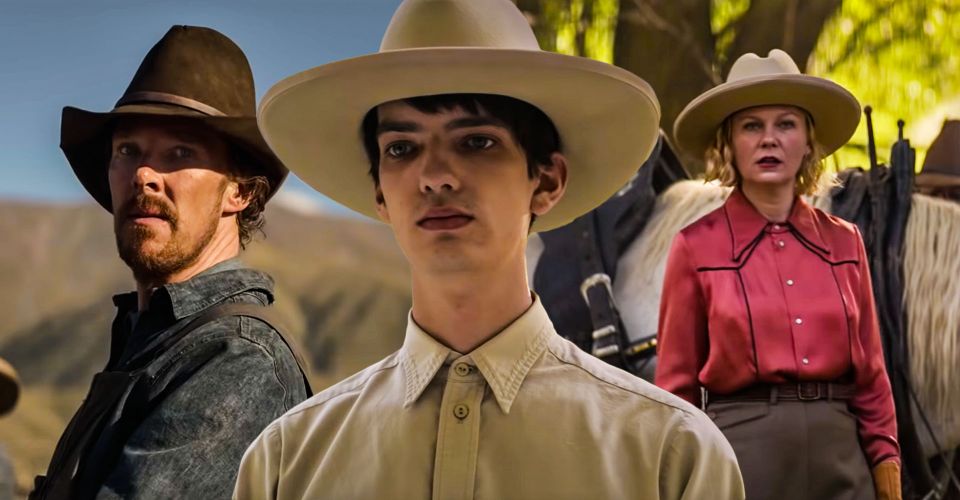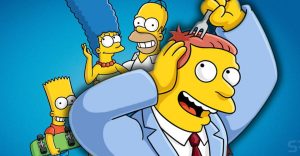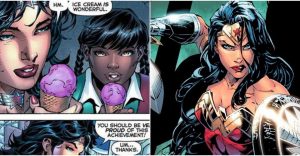Power Of The Dog: How [SPOILER] Died & Why They Were Killed

Warning: Major SPOILERS for The Power of the Dog ahead!
Jane Campion’s The Power of the Dog may look like a Western, but Phil’s death, why he was killed, and Peter’s involvement make the film much more than a film about cowboys. Netflix’s neo-Western is heavily laden with the genre’s tropes, such as a lone-wolf type cowboy and sprawling landscapes, but unlike many neo-Westerns like Netflix’s limited series Godless that hold fast to their genre of origin, The Power of the Dog joins an elevated class of neo-Westerns with more to say, such as Brokeback Mountain. With themes of toxic masculinity and emotional abuse along with repressed sexual desire, The Power of the Dog delivers a fierce psychological thriller while supplying the best of the Western genre.
Set in Montana in 1925, The Power of the Dog tells the story of Phil, the stereotypical cowboy—stoic and super-macho, who spends the film telling tall tales about his deceased mentor, Bronco Henry. When Phil’s brother marries a local widow, Phil takes to viciously berating and belittling her son, Peter (Kodi Smit-McPhee), an artistic medical student. Phil (played by The Electrical Life of Louis Wain’s Benedict Cumberbatch), is brutal and unwavering in his assault, burning Peter’s beautiful hand-made paper flowers and setting the other cowboys on him like a pack of dogs. The tides turn, however, when Peter discovers that Phil’s affections for Bronco Henry go beyond that of a student or platonic apprentice. Phil and Peter develop a close bond and Phil begins to mentor Peter in much the same way Bronco Henry mentored him.
At this turning point, The Power of the Dog seems poised to become a romance when Phil suddenly dies, having contracted anthrax through an open wound on his hand. The ending of The Power of the Dog reveals that the cowhide Peter supplied Phil was diseased and that Peter had killed Phil. This leaves the viewer with questions as to if Peter murdered Phil for his previous torment, if Phil’s death was an accident, or if Peter saw killing Phil as a kindness to help him escape his mean and repressed life.

It could be that Peter murdered Phil out of vengeance. Phil is unabashedly cruel to Peter in the first half of the film, but in addition to Phil’s mistreatment of Peter, Phil emotionally abuses Peter’s mother, Rose, as well. He takes every opportunity to make her feel inadequate and psychologically batters her until she retreats into a haze of alcoholism. And while Peter’s new relationship with Phil brought an end to the abuse Peter suffered, Phil still tormented Rose (played by Spider-Man’s Kirsten Dunst).
Phil’s death may also have been an accident. When Peter gives Phil the cowhide he took from the diseased cow, it is never specified that Peter knew the cow had died from anthrax. It could be that Peter collected the cowhide to try and be like Phil (like he claims) and the gloves he is seen wearing at the end of the film are only because he has ascertained what happened to Phil after the fact (like his earlier scene dissecting the rabbit implies– Peter was learning medicine.) Peter’s putting the rope under his bed may be like Phil keeping the Bronco Henry’s saddle and could allude to the idea that Peter has now become Phil, yearning for his mentor after death.
In yet another version, Peter may have seen Phil as the “darling” from the verse in the Bible in The Power of the Dog and may have believed he was killing Phil out of mercy, putting him out of his misery like the injured rabbit seen earlier in the film. However, as the rabbit was injured and killed hiding in the woodpile, it leads the viewer to wonder if Phil’s fate would have been different had he not repressed his desires. Additionally, if Peter did see Phil’s sexual preference as an injury like that of the rabbit, it begs the question: who might Phil have been had he been shown acceptance and kindness inThe Power of the Dog?
About The Author

















